The second most interesting thing about this digital exhibition is that it is not for art critics like me. I first had to download Fortnite, before bumbling through the introductions and menus for roughly half an hour, accidentally playing a match for a few minutes before figuring out how to access the ‘island’ in the game where one sees the exhibition.
Once inside, Kaws’s usual character statues and cartoonish abstractions looked much worse than the photos online because my utilitarian laptop doesn’t have the processing power to run the game at high resolution. Needless to say, the recreation of the gallery space in the game is nothing like being in a gallery. It’s merely a literal imitation that provides no immersion; a slideshow would have been more captivating. In short, from my critic’s perspective, the only thing I will remember from this experience is a feeling of mild inconvenience.
But the experience is intended for gamers, i.e. people beneath the usual age demographic for those with an interest in fine art. Press for the show makes much of the number of potential visitors: an average Serpentine exhibition is usually visited by about 35,000 people; Fortnite has more than 400 million registered player accounts. So Brian Donnelly (KAWS) wants to reach an audience both younger and larger than the conventional art world, which is not necessarily an objectionable aspiration, and he is well positioned to accomplish that given his uniquely pop-cultural cachet as an artist.
However, I’m not sure if the exhibition is any more appealing to gamers than it is to me; I find the art underwhelming from an artistic perspective and I imagine gamers will find it underwhelming from a gaming perspective. There’s simply nothing to do in the space, and I don’t know if I should have seen other players or not, but no one else was there when I was. I managed to spend about five minutes wandering around before moving on. An actual Fortnite player would presumably be even more impatient as they’d want to get back to playing the game.
Recent digital concerts within Fortnite by BTS and Travis Scott functioned as a social occasion where players had a reason to show up together. This exhibition is the opposite. Art shows are solitary and contemplative. Video games are not necessarily averse to solitude and contemplation, but Fortnite is. It is built for action, shooting guns and yelling at your friends, so the slowness necessary to scrutinise the details of a digital version of a painting or a sculpture is directly contrary to the nature of the game. Likewise, video games can be an aesthetic experience, but Fortnite seems to be consciously non-aesthetic and unremarkable, a meme-like base palate of visual content that can be built upon. That works for the game in general but, when showing art, the flatness of the engine leads to a vapid presentation that’s trying to do what the game doesn’t do, look good. It is, in a word, pointless.
However, the most interesting thing about this show is that it doesn’t matter that I think it’s pointless. It doesn’t matter that it’s an ineffectual presentation of imaginatively anaemic sculptures and paintings that fail from an artistic standpoint, or even that it’s unlikely to interest the gaming audience it’s intended for. This ouroboros of vacuity is immune to its own failure because it does not measure its success by the metrics of aesthetic engagement. In the art world, a tie-in with Fortnite would be such a faux pas that it would stop any artist with any sense of seriousness or taste from doing it, no matter how much they may want the accompanying attention.
But Donnelly’s venture is unconcerned with this shame, because he is not concerned with the art world. His cultural status has taken him beyond the scope of the fine arts into the realm of pure spectacle. He perpetuates this self-replicating machine of his work, churning out nearly indistinguishable variations on thematic characters that were already not particularly distinct to begin with, fuelled simply by his work’s own cultural ubiquity.
Oddly, his commercial instincts seem untainted by any cynical salesmanship or narcissism. He just wants to give the people what they want, and he’s reached the tier in the pop-cultural canon where what he does actually defines what it is that people want instead of chasing after their volatile tastes. In this sense, he is less an artist than a media icon. Picasso was famous because he was considered an artistic genius; KAWS is famous because his work is everywhere even though no one in art takes him seriously. But he is famous nonetheless, so what does my opinion matter?
Got something to add? Join the discussion and comment below.
Get 10 issues for just $10
Subscribe to The Spectator Australia today for the next 10 magazine issues, plus full online access, for just $10.
You might disagree with half of it, but you’ll enjoy reading all of it. Try your first month for free, then just $2 a week for the remainder of your first year.

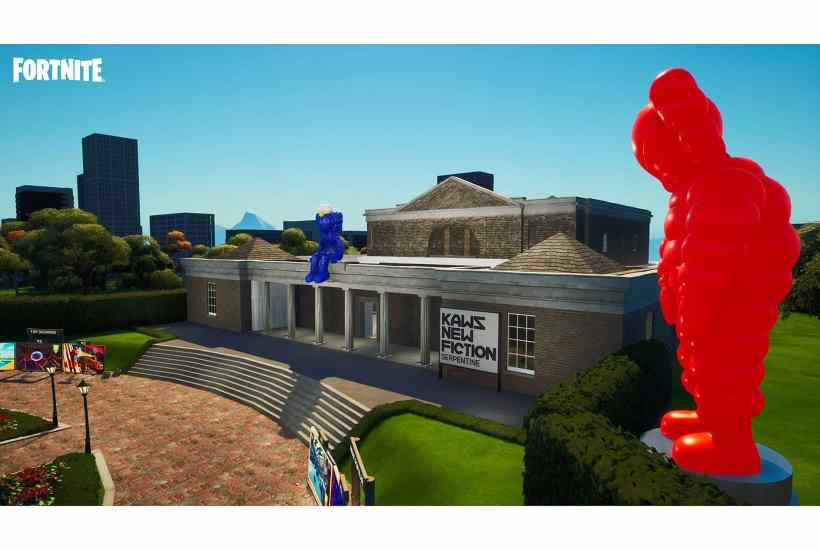
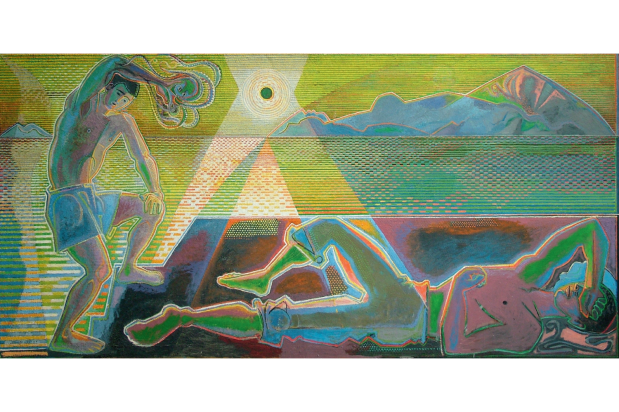

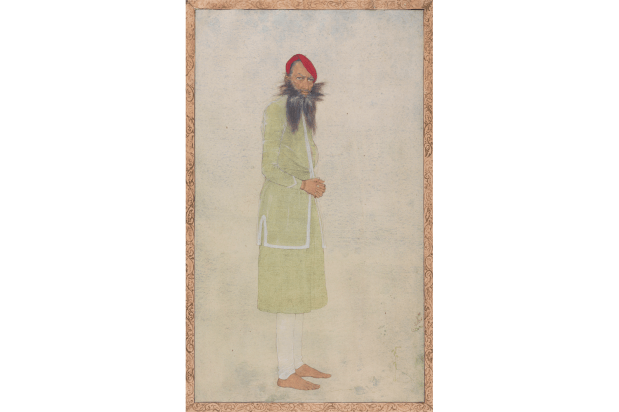

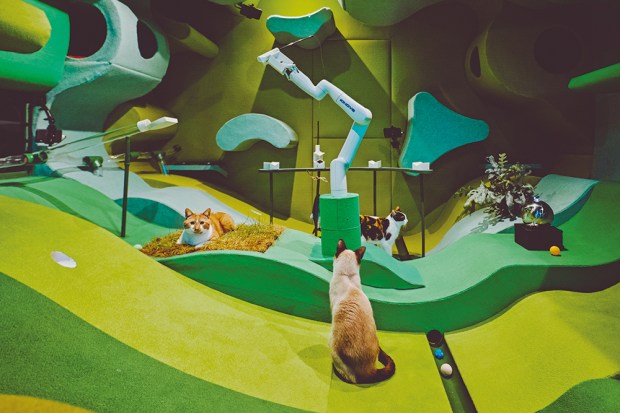
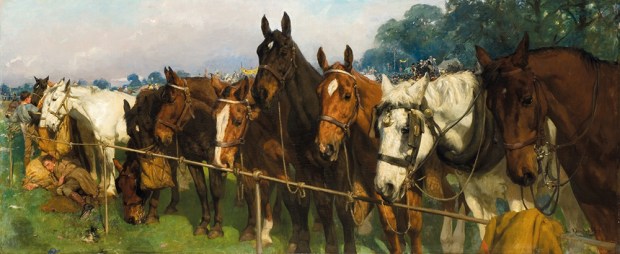






Comments
Don't miss out
Join the conversation with other Spectator Australia readers. Subscribe to leave a comment.
SUBSCRIBEAlready a subscriber? Log in